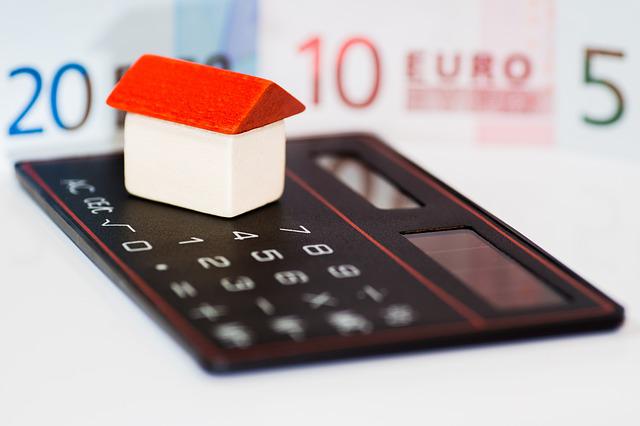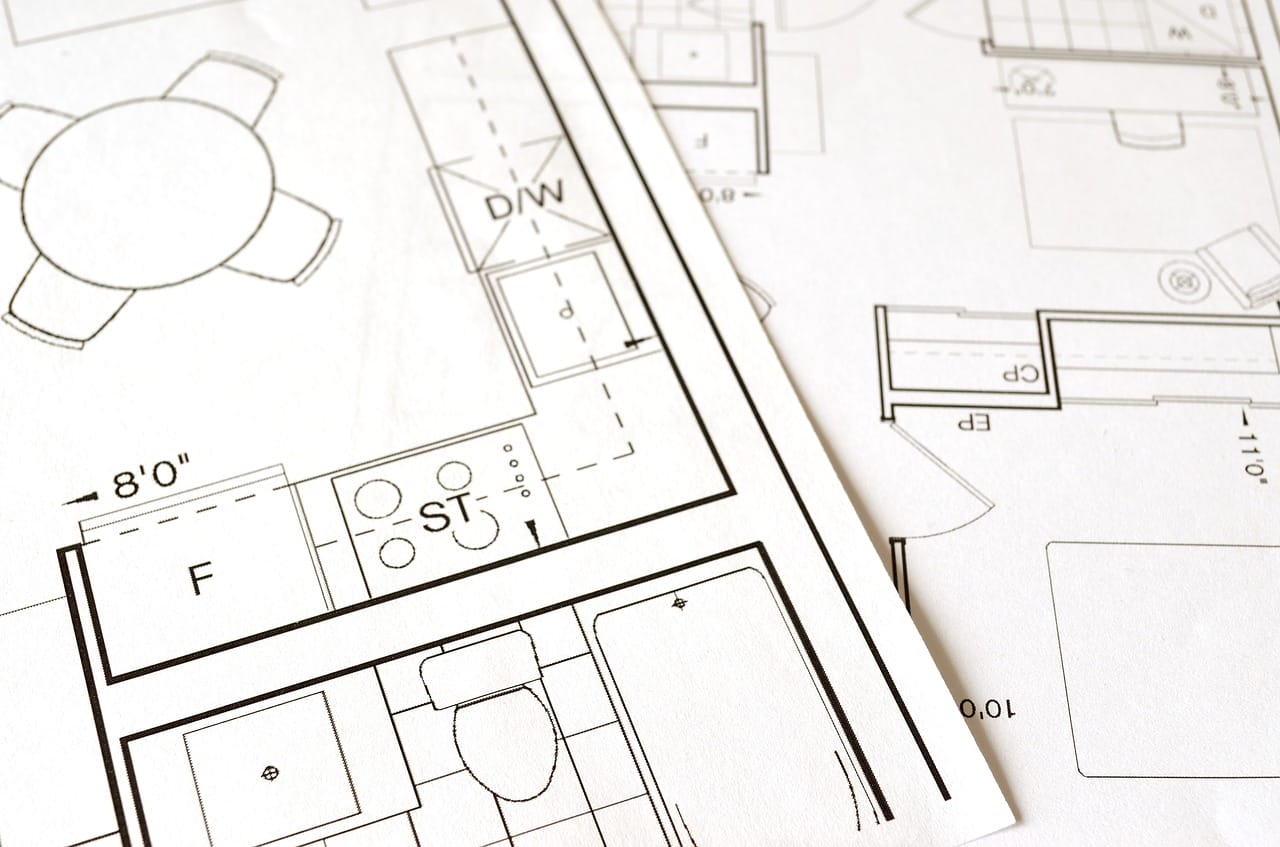Building a custom home can be an exciting process, but it’s also a big investment that may cause you to spend more than you’d like. Fortunately, there are ways to reduce the cost of building your dream house. The key is understanding what drives up costs and how to avoid those expenses as much as possible. Here are seven tips for building a custom home on a budget:
Research location carefully.
Research the location carefully. Location can have a large impact on the cost of construction and the cost of living and the quality of life. A home built in an area that isn’t prone to natural disasters or crime may be cheaper and easier for you to maintain. If your family does a lot of traveling, look for locations close to airports, train stations, and interstate highways so you can get around easily without having to drive long distances every time you want to go somewhere new.

If your goal is to increase your home’s resale value later on down the road, consider building it in an area with good schools and plenty of recreational activities available nearby so buyers might feel more inclined to purchase your house than one located farther away from these amenities
Think about the size and design carefully.
Aside from the cost of materials, your home’s size and design will have a big impact on its overall budget. The more space you want, the more material you’ll need to purchase. This can add up fast! If you’re building a sprawling ranch-style house with four bedrooms, two bathrooms, and a two-car garage—and if each room is large enough to comfortably fit not just one or two people but three or four—that could mean hundreds or even thousands of dollars extra.

The cost of construction also goes up when you incorporate more complex features into your plans. Some features are worth their price tag because they save time or money (like built-in cabinets), but others may seem like good ideas at first glance but end up costing far more than anticipated (like curved walls).
If these numbers still seem too high for your budget, consider scaling back on some aspects of your dream home plan to save money now while still going after that dream later: maybe you can get by with less space right now; maybe 3 bedrooms instead of 4 might be all right; maybe curved walls aren’t nearly as important as having a functional layout; etcetera etcetera etcetera..
Set a realistic budget and stick to it.
The first step in reducing the cost of building a custom home is to set a realistic budget and stick to it.

It’s easy to get swept up in the excitement of planning and building your dream home, but you must keep your eyes on the prize: the result. It can be tempting to spend more money than you have, especially if you’ve been dreaming about this project for years. To avoid overspending, set aside all of your plans and start with nothing but an empty whiteboard or piece of paper. Go through each item on your list one by one and imagine what would happen if you added it to the design plan today—would anything change? Would anything become more difficult or more expensive? If so, cross that option off right now!
Once you’ve crossed out everything that doesn’t make sense for right now, start filling in details around those items on your list that do make sense for now—such as paint colors or flooring materials—and work from there until every last detail has been accounted for at its most realistic cost point.
Avoid expensive customizations wherever possible.
A custom home has been designed, built, and furnished according to the buyer’s wishes, rather than following a standard plan or model.
The most common customizations are changes in window size and placement, floor plan, exterior finishes (such as siding or roofing), and room layout. These can be small or large changes to a house plan. There may also be interior design components such as cabinets and countertops that are customized by the homeowner during construction or after completion of the project by hiring a professional designer who specializes in these areas.
In addition to structural changes that affect the foundation and framing, many other elements can be varied from one home design to another: roof pitch; exterior trim materials (including siding); ceiling heights; flooring materials; cabinet styles; lighting fixtures; paint colors; window treatments/coverings such as shutters.
Think about ways to make your home cost less to maintain after it’s built.
Another way to cut costs is to think about ways to make your home cost less to maintain after it’s built. This includes things like energy efficiency and the materials you use. It also includes thinking about the design of your home, like how much sun exposure it will get, or whether certain features need access from outside (like a deck).
 You’ll want to find a builder who has experience in building homes in your area, so they can help with this process. If you’re building a custom home for yourself, then this will be easy because you can tell them what kind of things are important for you when it comes down to cost savings on maintenance later down the road!
You’ll want to find a builder who has experience in building homes in your area, so they can help with this process. If you’re building a custom home for yourself, then this will be easy because you can tell them what kind of things are important for you when it comes down to cost savings on maintenance later down the road!
Ask your contractor for advice and ideas about how to reduce construction costs.
- Ask your contractor for advice and ideas about how to reduce construction costs. Your builder will have years of experience working with customers on custom homes, so ask him or her for some tips on how you can save money on your custom home project. He or she may be able to suggest ways that you can cut down on the cost of materials or labor costs without sacrificing quality.
- Ask for a list of materials and suppliers: After speaking with your contractor about ways to reduce construction costs, ask him or her if any specific products were used during the building process that would help save money during future projects (i.e., “Could we use this type of siding instead?”). If so, make sure these products are available through local suppliers so it won’t take too long before they’re delivered to your home—this could delay construction by days depending on where you live!
- Ask for a list of subcontractors: The right subcontractor can mean big savings when it comes time to build out certain aspects of your home (i.e., plumbing system design). Be sure that whoever performs this work has experience doing similar jobs over time!
Conclusion
If you want to build a custom home, you need to do some research. You should look into the location carefully, think about the size and design carefully, set a realistic budget, and stick to it. You should avoid expensive customizations wherever possible and think about ways to make your home cost less to maintain after it’s built.





